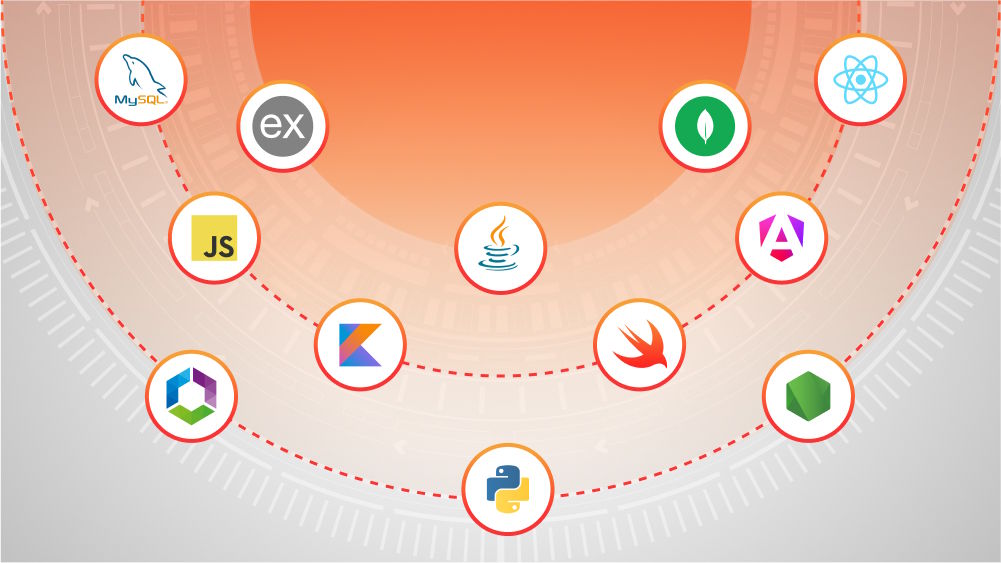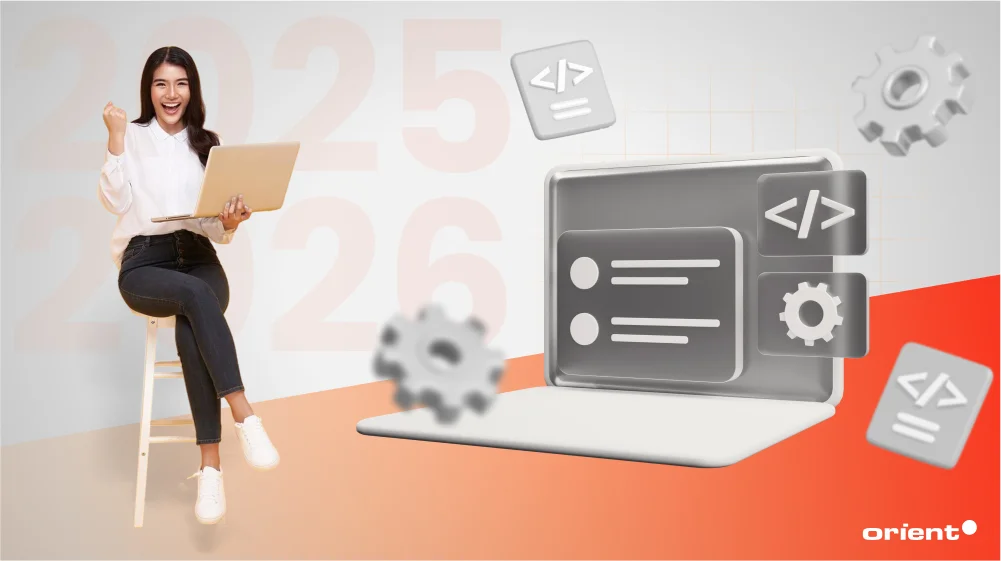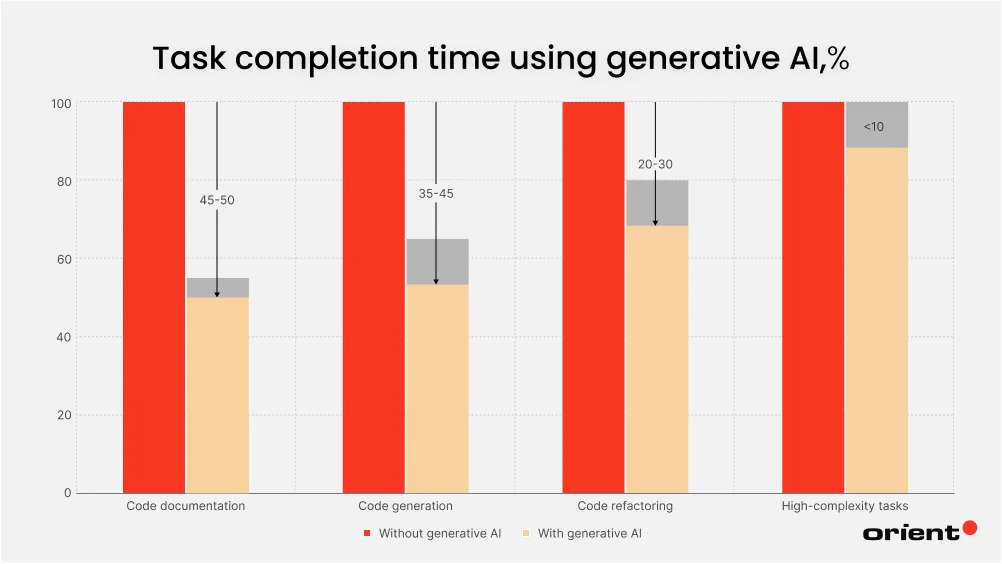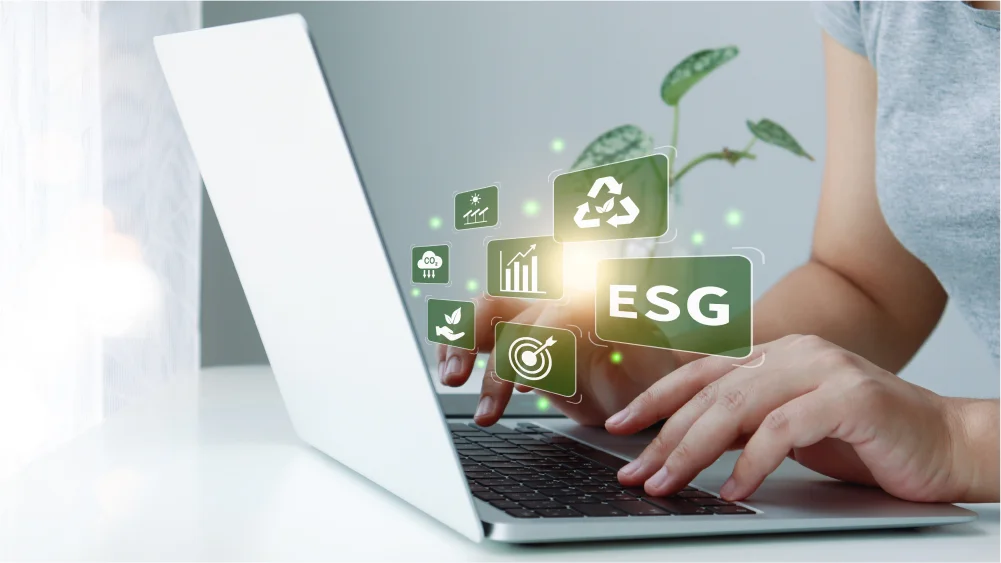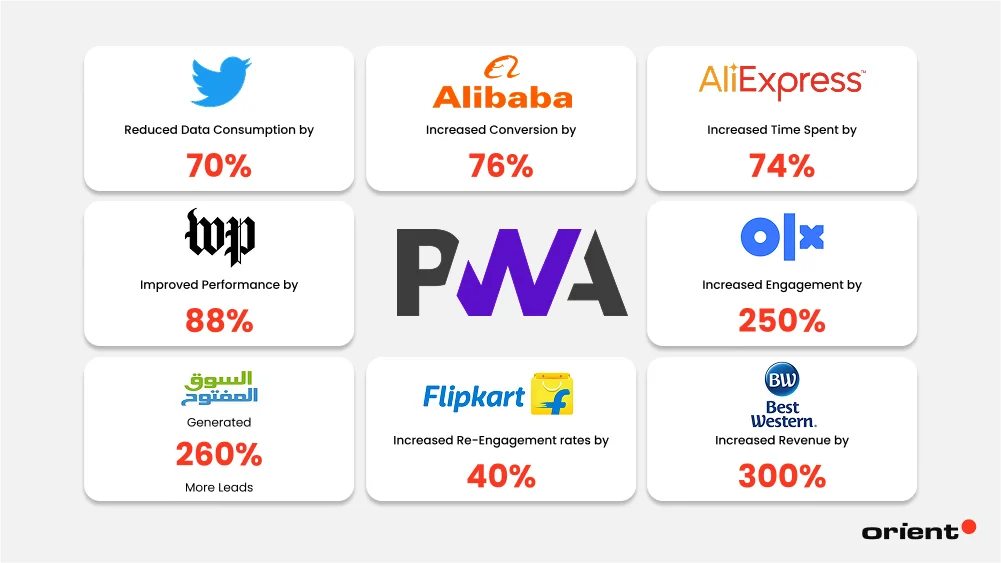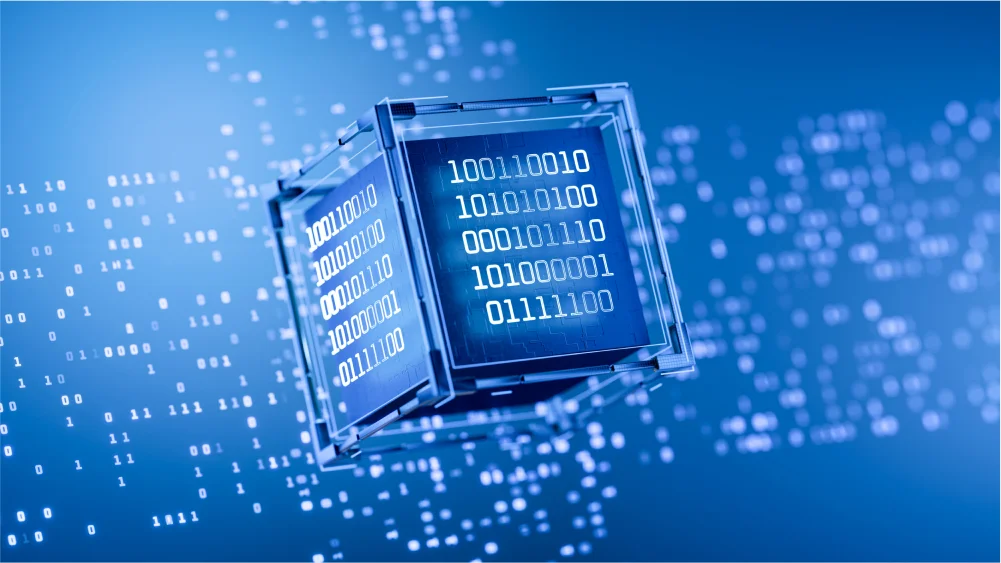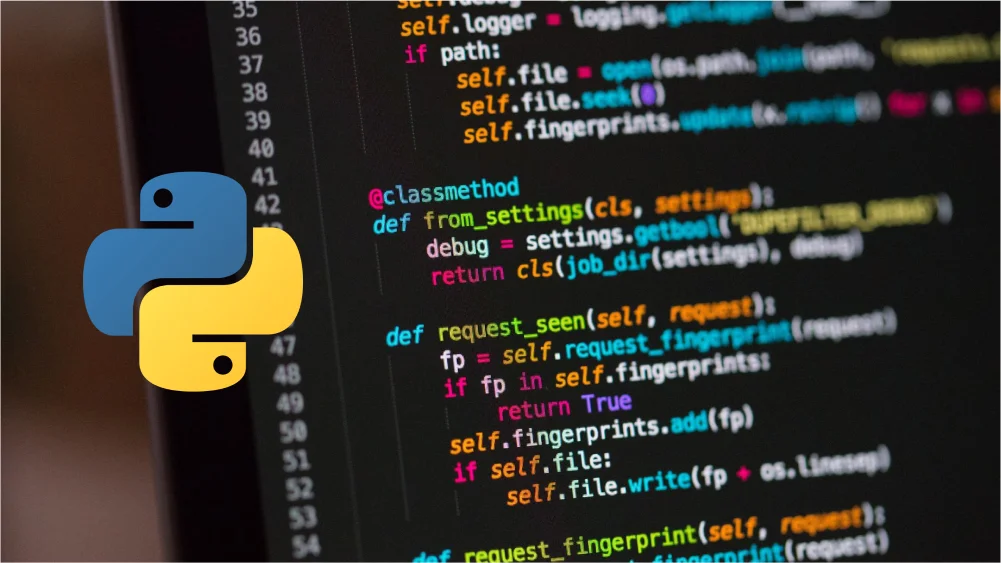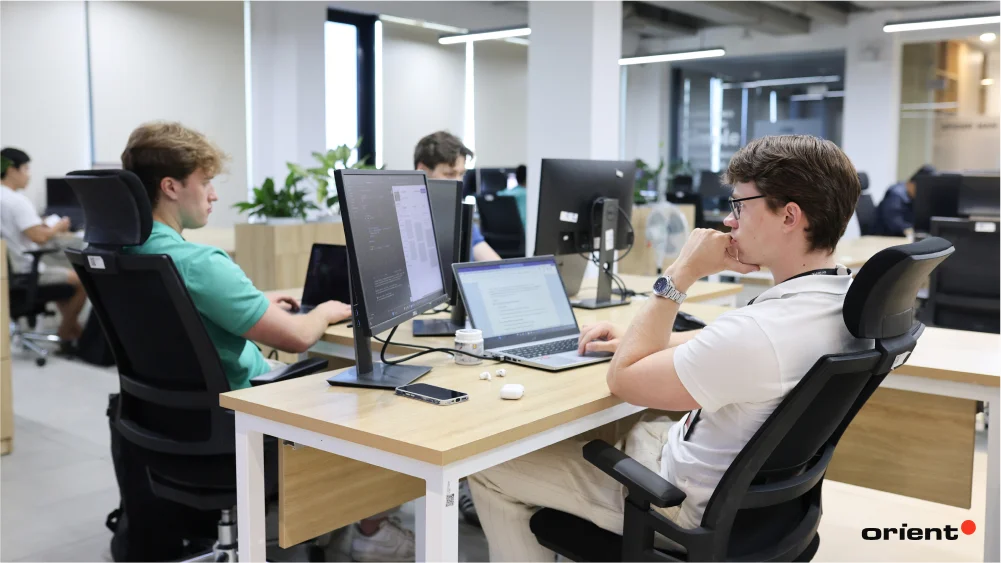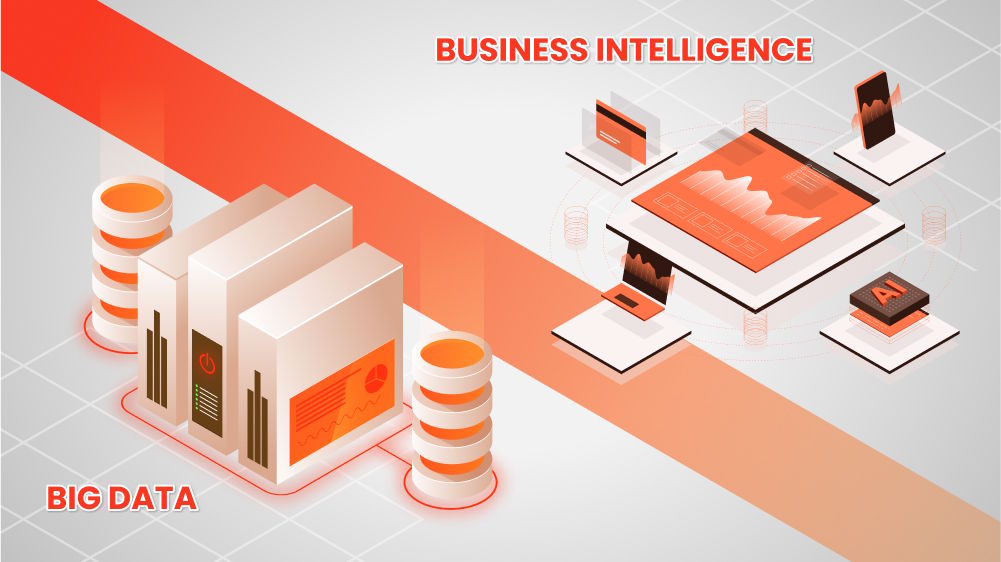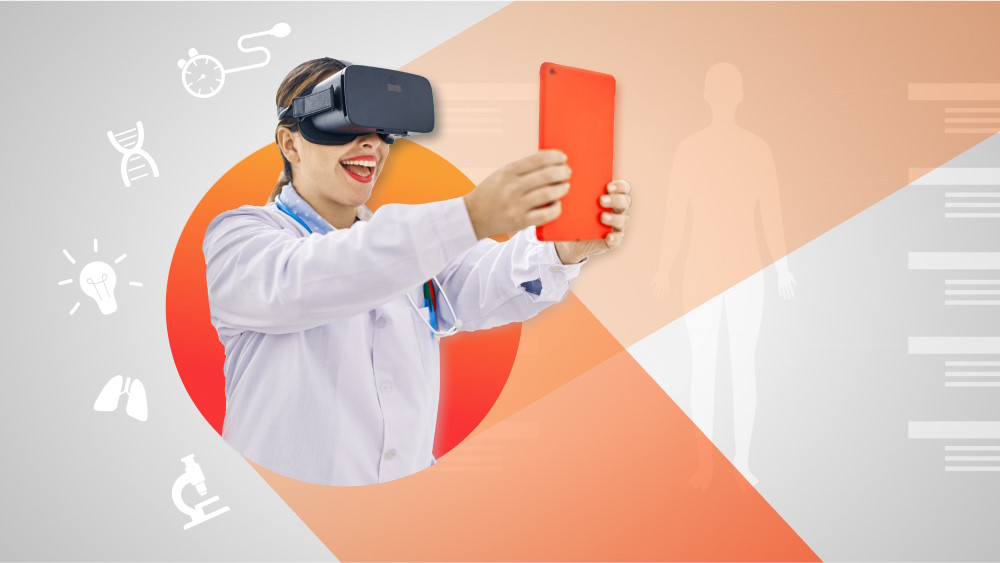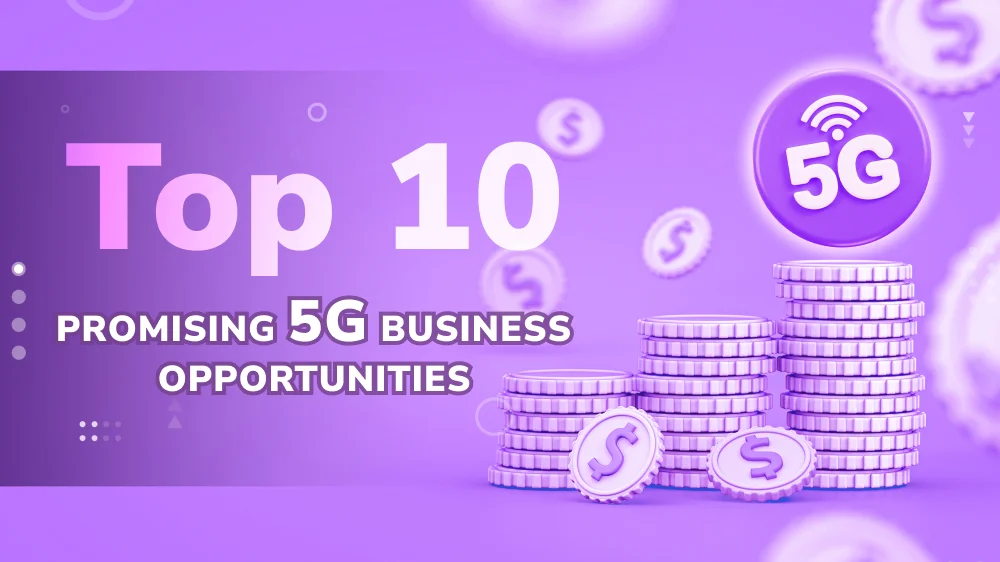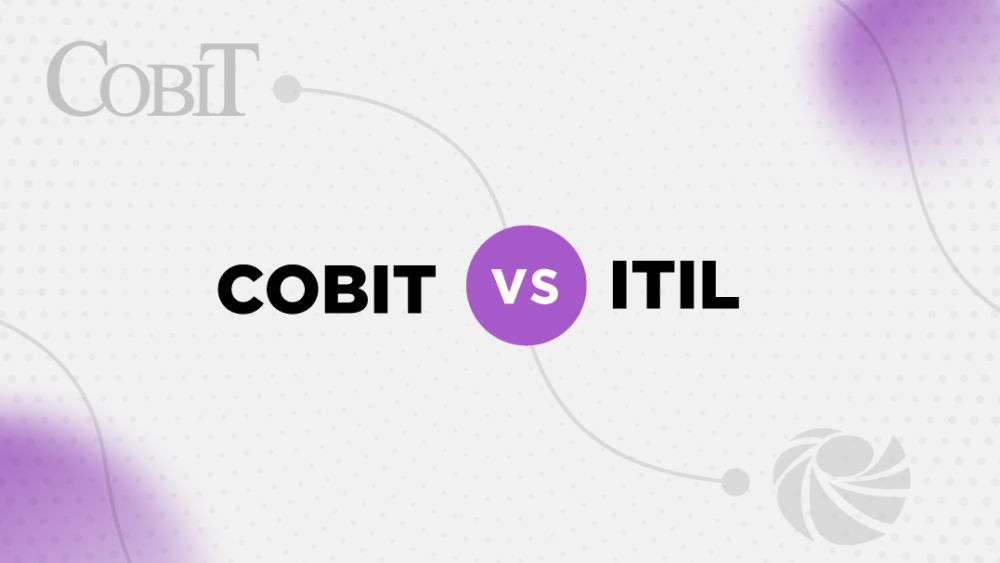Digital transformation is not a destination with an endpoint; it is an ever-evolving journey. The past few years have seen the tech industry undergo seismic shifts driven by relentless innovation. The integration of artificial intelligence and machine learning into the software engineering sector, the mainstream adoption of robotic solutions, the surge in open-source projects, and the dramatic rise in mobile devices and platforms all signal a new era.
![Catch Up with the Latest Software Development Trends]()
As we move through 2025 and look toward 2026, we can expect a whole vast array of new technological advancements and emerging tools that will reshape the software engineering sector. It is always advantageous for CEOs, startup founders, CTOs, product managers, project managers, business leaders, and decision-makers all alike to stay ahead of them in order to seize the new opportunities and remain competitive.
Let’s take a tour through the key software development trends in the remainder of 2025 and at the beginning of 2026. These are endorsed by global tech communities, developer networks, and engineering forums. So, we have a solid foundation to believe they are set to gain momentum in the coming years.
Artificial Intelligence Everywhere
AI has become ubiquitous in the software industry. From a buzzword to a new norm, it is incrementally embedded in the workflows of software design and creation.
![Artificial Intelligence Everywhere]()
The New Ally in Software Development
AI-driven tools, like GitHub Copilot, Amazon CodeWhisperer, and Google’s Gemini, have streamlined the software development process and are capable of transforming how developers write, test, and deploy code. Specifically, generative AI is applied in the SDLCs to accelerate delivery timelines while reducing manual effort. With the advent of “vibe coding” generators, developers are enabled to build digital solutions using natural language prompts. With support from generative AI tools, software development teams can boost development productivity by 20 - 45% (depending on the nature of the task) while reducing manual effort (according to McKinsey & Company).
![Task comletion time using generative AI]()
Artificial intelligence can be utilized in different areas. For example, assisting in code generation, autocompletion, analysis, testing, or architectural planning. With AI learning to code, developers are predicted to shift their focus from writing to reviewing and modularizing AI output.
Beyond coding, developers can leverage AI chatbots (Such as ChatGPT, Perplexity, etc.) as their personal virtual assistants. These smart supporters can help with managing day-to-day technical workflows, organizing tasks, retrieving documentation, and more.
AI Democratizes Coding
Non-tech people - those with little to no programming background - can leverage AI-assisted tools to generate code using natural language. The democratization of coding helps bridge the gap between ideas and technical execution, empowering “citizen developers.”
The Concern of AI
AI technology is far-reaching, and its capabilities continue to evolve. What we are witnessing or even anticipating is not its endpoint but the beginning of a larger transformation in the software development industry. However, the hype for AI has also sparked public concern about its side effects.
![The Concern of AI]()
Quality of AI Coding
In software development, AI enables significant development speed boost and productivity gains. But, what about quality? There exists a risk that AI might generate flawed or inefficient code. Just like humans, AI can also make mistakes.
Security Risks
AI models can inherit security vulnerabilities or flaws from the training data. This means that if the model was trained on code with security problems, it might inadvertently introduce similar vulnerabilities (such as outdated libraries, insecure error handling, and hardcoded credentials) in the generated code. Through such loopholes, hackers could potentially exploit vulnerabilities in AI-generated code to gain unauthorized access to systems or sensitive data. Therefore, many businesses worry about the malicious use of AI and data security.
Overreliance on AI-powered Coding Assistants
When applying AI tools in programming, developers must have the required technical knowledge to validate AI-generated code. If not, they might end up integrating flawed code into their projects. Relying too much on AI for code generation or review, particularly without proper human oversight and validation, can lead to quality issues and a complacency paradox - a situation wherein humans become reliant on AI and lose their edge – or developer skill erosion.
Intellectual Property Issues
Using AI to generate code may lead to copyright and intellectual property (IP) challenges, such as training data infringement risks or unclear ownership of AI-generated code. As of mid-2025, IP issues around machine-generated code remain legally unresolved while still being under active debate globally. People are still looking forward to a tightening of intellectual property governance driven by regulatory pressure, legal precedent, and commercial necessity.
Ethical Concerns
Incorporating AI into software development brings up ethical risks. AI models can exhibit bias based on the data they are fed. This potentially causes unfair or discriminatory outcomes in coding and testing. In addition to bias, intellectual property misuse, as aforementioned, and loss of accountability are also critical concerns. When the line between human and machine authorship becomes increasingly blurred, it creates gray ethical areas where responsibility for outcomes becomes diffuse, and the ability to audit or challenge decisions weakens. It is dangerous, especially for high-stakes sectors like healthcare, finance, or public services.
Low-code & No-code Solutions in the Software Development Process
Starting to develop software from the ground up is a tough undertaking. Not only does a project cost a fortune to be completed on the correct trajectory, but it is also often riddled with risks and challenges. It is estimated that close to 20% of software projects fail due to numerous reasons, while roughly 52% are impeded by undesirable factors.
![Low-code & No-code Solutions in the Software Development Process]()
In the wake of such problems, low-code/no-code (LCNC) development has gained remarkable traction to accelerate app development delivery with little to no technical involvement. The no-code approach makes use of drag-and-drop interfaces to create a programming environment where practitioners can convert their ideas into real software solutions with no concern for development skills.
In a similar way, low-code platforms provide pre-built components and a visual interface to assemble them, making it easier for programming novices to build software products efficiently. But still, low-code development allows and often requires some degrees of traditional coding. This is beneficial for building more complex or performance-intensive applications.
In 2026, with a strong emphasis on AI-driven capabilities, low-code and no-code platforms are predicted to revolutionize software engineering and empower 75% of new applications.
Continuous Software Delivery Becomes a Standard Practice
![Continuous Software Delivery Becomes a Standard Practice]()
The days of quarterly updates are gone. The adoption of Continuous Integration/Continuous Delivery (CI/CD) is now a norm in modern software development. CI/CD pipelines automate the release process. This facilitates more frequent deployment, faster feedback loops, and quicker rollbacks when things go wrong. Development teams can utilize tools, such as Jenkins, GitLab CI, and CircleCI, to ship features faster, more reliably, and with fewer bugs.
Hyper-Agile - When Agile Becomes Hyper-Responsive
Agile development methodologies have matured, and the term “hyper-agile” can be one of the rising software development industry trends in the next few years. It refers to an accelerated and highly adaptive evolution of traditional Agile methodologies.
![Hyper-Agile - When Agile Becomes Hyper-Responsive]()
The hyper-agile approach emphasizes not only flexibility but also extreme responsiveness, adaptability, continuous innovation, and rapid delivery cycles, often enabled by AI, automation, DevOps, and cloud-native architectures. Development teams use real-time analytics, user feedback loops, and AI insights to respond to change with even greater speed and precision.
In the software market of constant disruption, hyper-agility enables tech companies to respond to emerging technologies and take action to outpace their competitors or enterprises undergoing digital transformation. Still, hyper-agile calls for a mature engineering culture, strong automation infrastructure, and a focus on a sustainable pace to avoid burnout.
Carbon Footprint, Green Coding, & Sustainable Software Development
Though we are enthusiastic about new technologies and their advancements, the environmental consequences are what we should be worrying about next. Take AI and cloud computing for examples. These are two foundational pillar of modern software. They promise cost efficiency and automation; however, they demand tremendous computational resources: Carbon emissions, energy consumption, and water usage.
![Carbon Footprint, Green Coding]()
Training a single large language model (LLM), GPT-3, for example, is estimated to produce as much carbon as five cars over their lifetimes, while training a large neural network can emit over 284,000 kilograms of CO2, depending on hardware, location, and electricity sources. Even worse, the cost does not stop at carbon. AI infrastructure requires massive data centers, which demand enormous amounts of water to cool them down. For instance, Microsoft’s water consumption increased by 34% in a single year, largely attributed to its AI expansion.
Furthermore, inference - the process of running AI models in production - consumes as much energy as training and creates an ongoing carbon footprint every time one model is used, not just when it is built or maintained. It transcends what AI users can actually imagine since what they feel or see is only a few interactions with the chatbots.
![Sustainable Software Development]()
The pressure we are putting on the environment in exchange for technological innovations is at an alert rate. That’s why industry leaders take action to raise awareness of software’s environmental impact and promote sustainable development in the IT industry, aiming at more responsible and environmentally conscious software development.
Green coding will not only be one of the key trends but a long-term strategy. Simply put, it is the practice of building software in a way that minimizes impact on the environment. Following green coding practices, developers focus on energy-efficient algorithms, optimized resource management, and cloud optimization to lower energy consumption and carbon emissions of their applications. In addition, green KPIs (included in RFPs, compliance standards, and investor reports) will be defined to measure and control the environmental impact of software development.
Emphasis on Cloud-Native App Development
Cloud remains a foundation for digital transformation. The booming of cloud-native technologies, such as serverless architectures, containerization, and microservices, and their dominance are the foreseen tech trends of 2026 and years after. Companies and enterprises are increasingly utilizing cloud services in some forms for software development, like infrastructure, platforms, and applications. Over 95% of digital workloads are expected to be deployed on cloud-native platforms.
![Emphasis on Cloud-Native App Development]()
Keep an eye on the AI-driven cloud approach. Cloud service providers are embedding AI/ML capabilities into their platforms to enable automated operations, predictive analytics, optimized resource allocation, and smarter decision-making. Plus, it empowers AI-as-a-Service offerings. AI tools are democratized for businesses and individual users without heavy infrastructure investments.
Multi-cloud and hybrid cloud strategies become more popular as organizations seek to optimize costs and avoid vendor lock-in. Also, edge computing gains prominence by bringing computation closer to data sources and reducing latency and bandwidth use. Last but not least, serverless computing has become a key architectural choice for modern software development. With cloud providers handling server provisioning, software developers can concentrate on coding and application logic without worrying about infrastructure management.
Progressive Web Apps (PWA) Replace Native Mobile Apps?
Basically, progressive web apps, or PWAs, combine the best features of web applications and mobile apps to bring a streamlined UX. PWAs are built using standard web technologies, namely HTML, CSS, and JavaScript, but can be installed on devices like native apps. The nature of PWAs enables faster loading speed and performance, offline accessibility, push notifications, minimized data storage space, and other benefits.
![Progressive Web Apps (PWA) Replace Native Mobile Apps?]()
More and more businesses prefer PWAs to traditional mobile apps. Brands like Pinterest, X (Twitter), and Starbucks have adopted PWAs to minimize friction and enhance performance across devices. Some even predict that PWAs are the future of mobile app development.
Progressive web apps offer 36% higher conversion rates and better engagement. Will PWAs replace native apps? Not entirely, but they will coexist and, in some circumstances, displace each other.
The Expanding Role of Big Data & Blockchain
These are two emerging technologies that contribute to shaping the software development sector in 2026 and beyond.
![The Expanding Role of Big Data & Blockchain]()
Big Data Empowers Personalization & Predictive Intelligence
Software systems will heavily rely on real-time pipelines to deliver intelligent, context-aware user experiences. The rise of the Internet of Things (IoT), smart devices, and digital interactions results in the explosion of data regarding volume, velocity, and variety. In such a context, big data will be the core driver of intelligent software as this technology enables real-time analytics, personalized user experiences, and predictive capabilities.
In the near future, developers are expected to work closely with big data to build pipelines that feed real-time analytics into applications. The software will be designed to process streaming data, integrate machine learning outputs, and adapt its behavior dynamically. Testing will involve large-scale datasets to validate performance under real-world conditions, and DevOps teams will embed observability tools to monitor data flow and quality across environments.
Blockchain Enables Trust, Transparency, and Decentralization
Blockchain is becoming increasingly relevant in modern software development. Developers integrate blockchain technologies directly into application architectures to facilitate tamper-proof data exchange, enforce decentralized business logic through smart contracts, and eliminate reliance on centralized authorities. This shift is enabling a new class of applications, especially in finance, identity, and supply chain management, that prioritize trust, auditability, and resilience by design.
Python Maintains Its Momentum
Among modern programming languages, Python continues its reign due to its simplicity and vast libraries, especially in AI/ML, data science, and web development. According to PYPL, Python has been staying on top of the most popular programming languages for three consecutive years (2022, 2023, and 2024), mostly preferred by data scientists, AI developers, and ML engineers.
![Python Maintains Its Momentum]()
Aside from Python, Rust is another innovative language projected to gain favor for system-level programming and blockchain technology, known for its memory safety and performance. According to StackOverflow surveys, Rust has been voted as “the most beloved langs of all” in the past four years. In addition, the total searches for Rust have jumped to 278% within the past five years. Plus, Go is becoming the go-to for cloud services. Kotlin continues to rise in Android app development. Other programming languages, such as TypeScript and Swift, are also worth mentioning in terms of their growing popularity.
Cybersecurity-Driven Development
In the future, we will witness a change in how security is approached in software engineering. Coping with cyber threats growing in scale and sophistication, security should be embedded into every layer of the development lifecycle, becoming a core principle not practice.
![Cybersecurity-Driven Development]()
Security by Design, Not by Reaction
Modern development teams are embracing the “security by design” mindset in which security practices must be woven into every stage of an SDLC instead of a post-deployment patch. This approach is known as DevSecOps. Rather than relying on siloed security reviews late in the pipeline, developers, testers, and operations teams collaborate closely with security experts throughout the lifecycle.
For example, developers can adopt the Zero Trust framework based on the principle: “Zero trust, always verify.” This security model treats user, device, application, and system - both internal and external - as untrusted by default and emphasizes continuous authentication and strict access controls.
Security as a Marker Differentiator
It is no surprise that secure software is becoming a competitive differentiator, especially in high-risk fields like fintech, healthcare, and enterprise SaaS. Therefore, those solutions that can demonstrate built-in security, data protection, and transparency gain faster adoption and stronger brand trust.
AI-Enhanced Threat Detection
The integration of AI into cybersecurity is set to intensify in the coming years. It transforms how development teams detect, respond to, and prevent threats in software development. AI-powered tools enable building more resilient software applications that can adapt to evolving threat landscapes.
The Potential of Quantum Computing
Quantum computing is a type of computing where data is processed using quantum bits instead of classical bits. It has the potential to speed up calculations and solve problems that are difficult or impossible for traditional computers to handle.
Though quantum computing is still in early days, developers begin to experiment with quantum APIs and SDKs, such as Qiskit (IBM), Cirq (Google), PennyLane (Xanadu), Q# (Microsoft), and Ocean SDK (D-Wave). These tools abstract low-level quantum operations and allow simulating or deploying circuits on quantum or hybrid backends. By 2025, early tools enabling hybrid classical-quantum programming environments will become more accessible to mainstream developers.
![The Potential of Quantum Computing]()
For software development, this opens up entirely new approaches to algorithm design, optimization, and cryptographic security. In the future, developers may offload highly complex workloads, such as machine learning training, supply chain management, or encryption analysis, to quantum-powered modules that outperform classical algorithms.
A portion of companies are making headway by investing in quantum computing as they see its potential to thrive in the future. Perhaps you should start learning about quantum computing and its application in software development now to stay relevant later.
Put User Experience First
User experience, or UX, has always been a crucial part of software engineering. It has evolved from a design concern to a business priority, especially with the rise of omnichannel interactions and the soaring demand for mobile solutions. As UX design becomes more and more important, engineers have to prioritize and integrate user-centric design principles into their workflows.
![Put User Experience First]()
Understanding human psychology and how people interact with digital products is the key to creating intuitive, efficient, and enjoyable user experiences. Therefore, the role of UI/UX designers in a software development team is underscored. Consequently, this could potentially trigger an increased demand for UI/UX designers and services in the future.
The Demand for Specialized Outsourcing Services Remains High
A Deloitte survey indicates that cost-saving is the primary motivation for 70% of businesses to outsource their software development needs. This fact remains true for now and in the next couple of years. However, there is a shift from cost reduction to value creation and strategic capability building.
![The Demand for Specialized Outsourcing Services Remains High]()
Modern outsourcing will no longer be seen as a transactional arrangement but as a collaborative partnership model. In 2026, the most sought-after outsourcing vendors will be those who can offer not just technical capabilities or tech workforce but also domain knowledge, proactive collaboration, and a commitment to long-term innovation. With a projected compound annual growth rate (CAGR) of 9.1 from 2023 to 2030 (Grand View Research), the global market for software development outsourcing will continue its growth.
The XOps Cosmos
![The XOps Cosmos]()
This trend refers to the integrated operational framework known as XOps. It includes multiple disciplines, such as DevOps, DataOps, AIOps, MLOps, DevSecOps, and CloudOps, to create an ecosystem that unifies workflows, reduces inefficiencies, improves collaboration, and maintains high standards of security and performance. XOps represents a next-generation operation paradigm in software development. It supports modern SDLCs, particularly in multi-cloud and AI-driven contexts.
Wrapping Up
Now that we have gone through some of the emerging software development trends that have the potential to flourish in the second half of 2025 and the new year of 2026. There can be more, emerging even as we are speaking. We do not know what’s in stored and cannot tell what lies ahead. But we can be optimistic about a future full of technological breakthroughs, smarter development practices, and more inclusive innovation.
